The main goal of the energy stimulus plan is to strengthen the EU energy infrastructure and diversify its energy sources, therefore reducing its lone dependence on Russian gas transported through Ukraine.
EU’s proposed recovery package is set to fund 43 various energy projects ranging from 1 million to 200 million euros (US$1.4 to $275 million) per project. This is seen as a major milestone in the EU history by the European Energy Commissioner Gunther Oettinger, as the EU has never before seen such large funding go to the energy sector.
In addition to various gas projects, the recovery package will also allocate a big portion of the funding to green energy such as wind farms and carbon capture and storage units.
“We have selected key projects that will help create a more integrated energy network in Europe ensuring flexible energy flows across member states’s borders,” said Oettinger in a televised statement. “Europe’s energy and climate objectives require large and risky infrastructure investments with long payback times. The problem is that, in today’s economic climate, such projects risk to be delayed. This is a moment where Europe can play an important role in keeping these projects on track,” he added.
Hedging EU’s Russia Risk
The biggest chunk of funding, worth 200 million euros (US$275 million), will be allocated toward the controversial Nabucco Project. The project is set to build a 2,000-mile pipeline that would bring natural gas from the Caspian Sea to Austria via Azerbaijan, Georgia, Turkey, Bulgaria, Romania, and Hungary. The main benefit of the project is that Russia will have no part in it, thereby creating an alternative source of gas to diversify the supply of European energy.
Nabucco has seen very little progress since its creation in 2002, mainly due to the political disagreements of the involved countries, technical difficulties, and high costs as the project’s supplying high volume capability has also been questioned.
Nabucco is seen by many as a rival to the similar “South Stream” project initiated by Russia, also designed to bring Caspian gas through the bottom of the Black Sea to Bulgaria, Serbia, Greece, Hungary, Slovenia, and Austria.
Both projects have striking similarities in their design, with the only difference being the exclusion of Russia, the world’s largest gas monopoly. The EU’s interest lies in diversifying its suppliers in order to reduce energy dependency on Russia, which it can dangerously misuse to assert pressure in the times of political, economical, or social instability as was seen in the winter of 2009.
Just recently, at the energy conference in Houston, Texas, themed “Energy–Building a New Future,” Paolo Scarone, CEO of Italian energy giant Eni, made a revolutionary proposal to merge the two projects—Nabucco and South Stream—into one.
The proposal of a partial merger would reduce the building costs, provide high volumes of gas, and increase profitability of the project, but fail to separate Russia as main supplier—therefore defeating the original purpose of the Nabucco endeavor.
Besides finding alternative gas sources, EU is putting its hopes in the new Ukrainian President Victor Yanukovych, who is seen as a friend of Moscow, to avoid future conflicts.
“Energy relations with Russia are nevertheless likely to improve and so far Naftogaz (Ukraine’s state-owned gas company) has been able to meet its gas payment obligations,“ according to a briefing paper for EU energy ministers meeting in Brussels. “The main challenge for the new president will be to seek a solution to the structural and financial difficulties in the gas sector.”
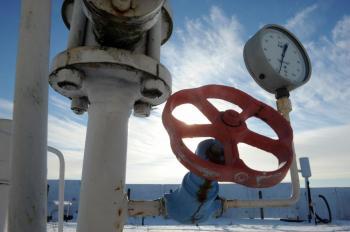
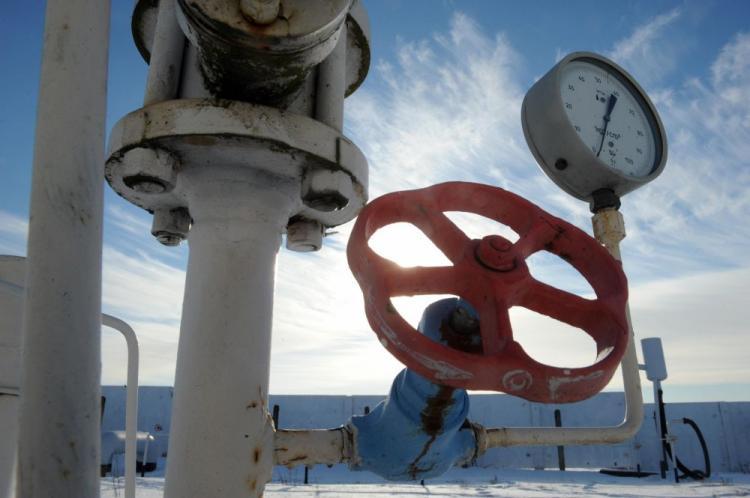
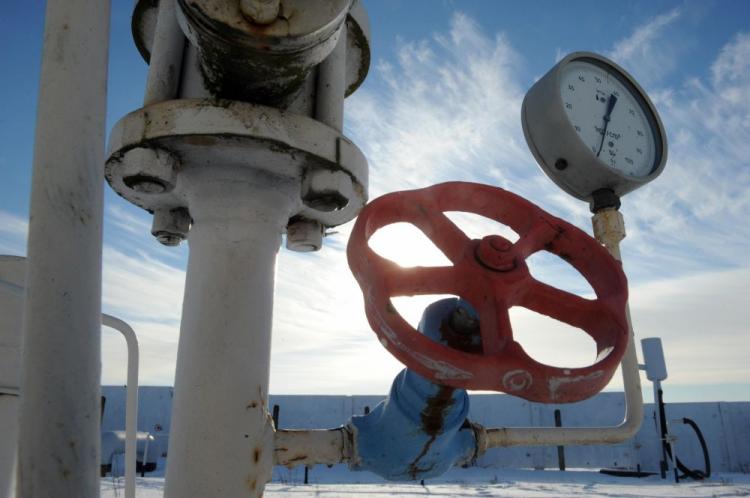
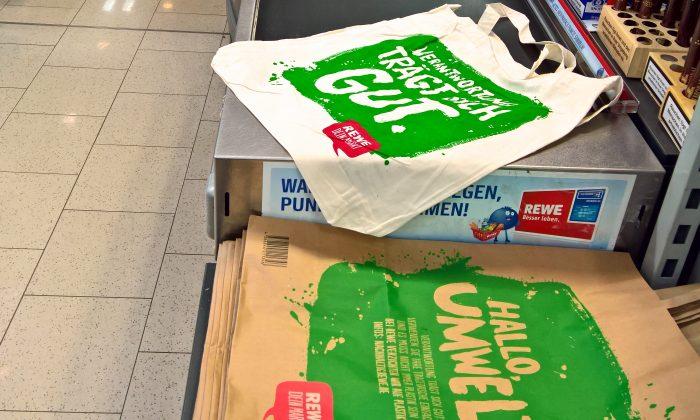
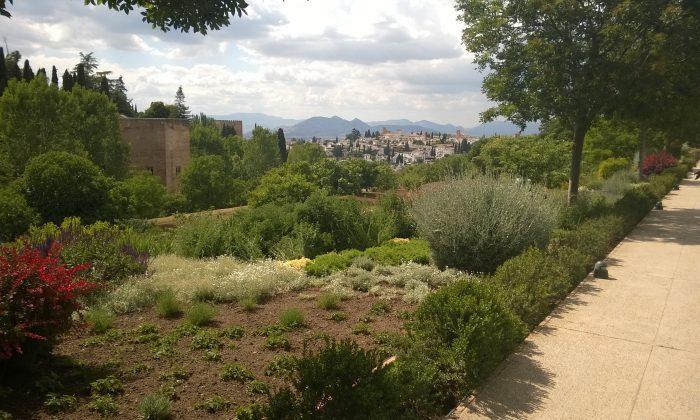
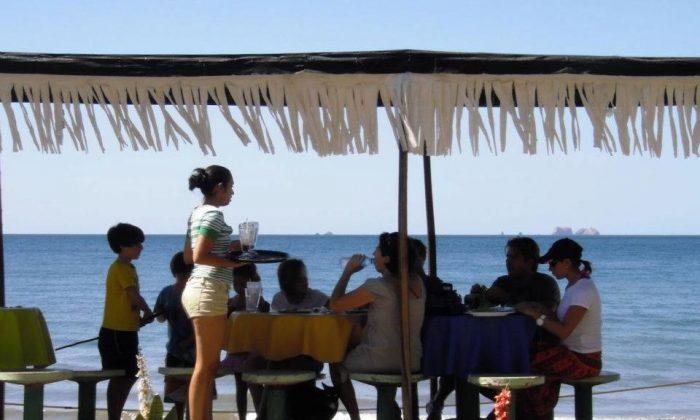
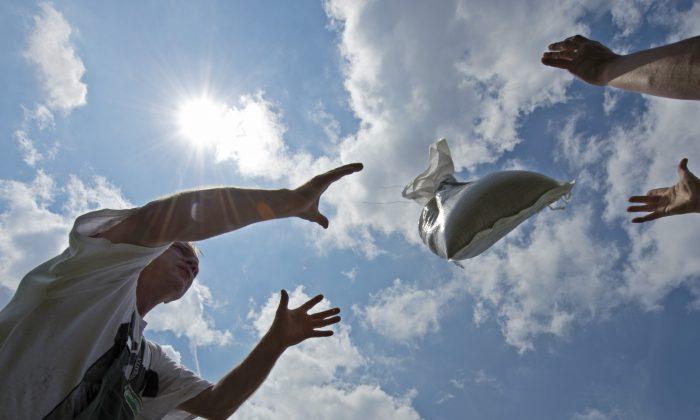
Friends Read Free